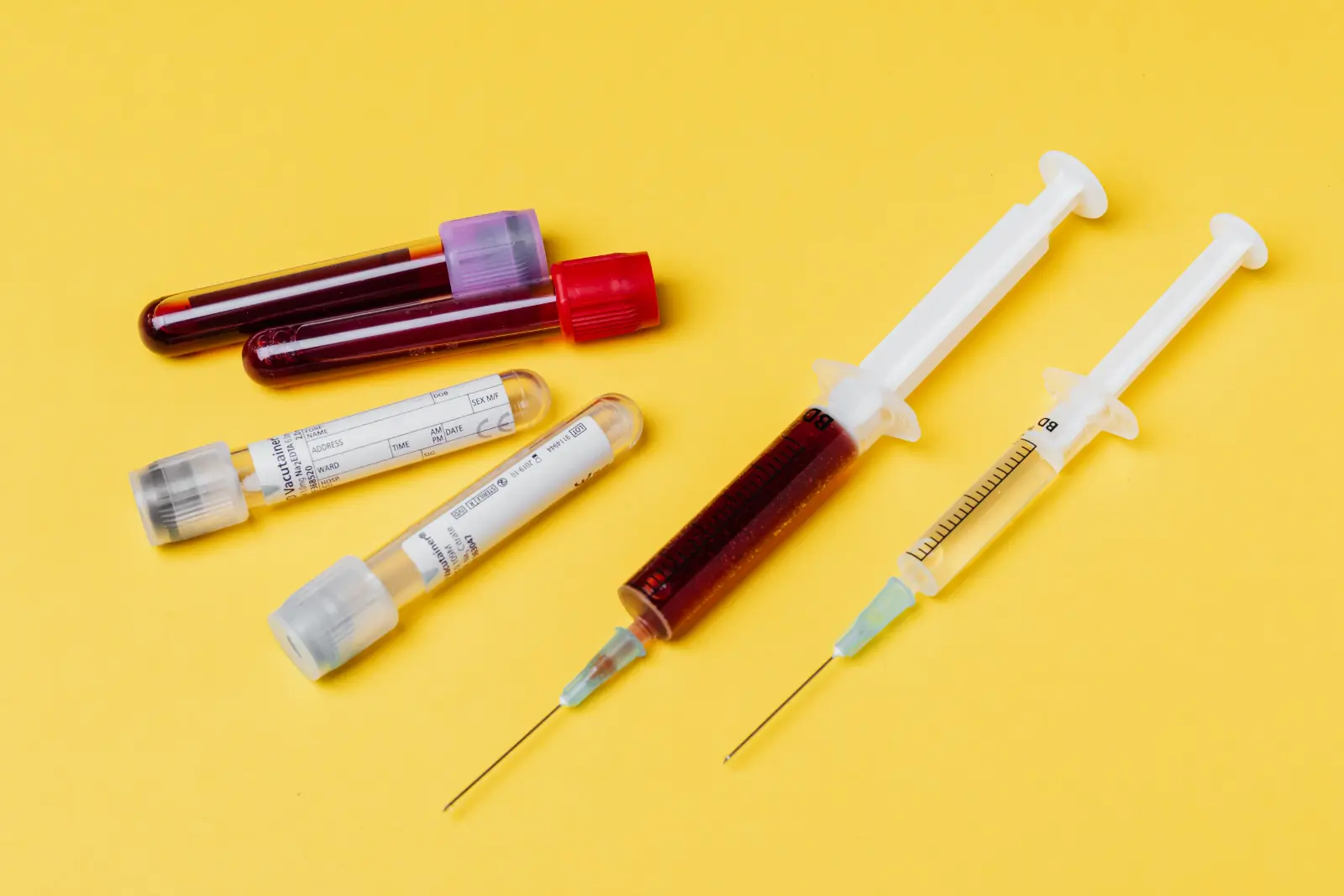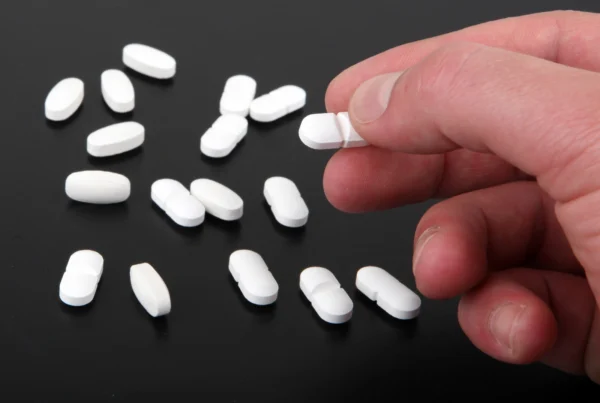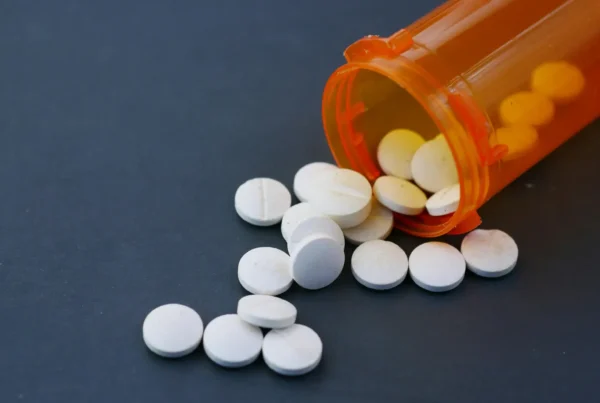
Table of Contents
Key Points
- Ativan®, a type of benzodiazepine, is mainly prescribed for conditions such as anxiety, sleep disorders, seizures, and muscle tension.
- The duration for which Ativan® remains in your system can vary, influenced by various factors, and can range from 24 to 72 hours.
- The projected half-life of Ativan® typically falls between 12 and 18 hours.
- Common methods of testing for Ativan® presence include blood, urine, saliva, and hair examinations.
- Similar to all benzodiazepines, there is a risk of misuse, dependency, and addiction with Ativan®.
Many individuals globally are battling anxiety, a condition that can significantly disrupt one’s daily routine. The disorder can result in chronic stress, diminished life quality, and overwhelming panic attacks, making routine tasks seem insurmountable. While Ativan® (lorazepam) is prescribed for anxiety, its use requires careful monitoring due to potential side effects and risk of dependence.
What Exactly is Ativan®?
Ativan®, or lorazepam[1], is a medication categorized under benzodiazepines[2]. This drug is known for its anxiolytic, sedative, and muscle relaxant properties in medicine.
These drugs are frequently prescribed because they induce sleep, reduce anxiety, and relax muscles, making them useful for various medical problems. Ativan® is mainly recommended for anxiety-related conditions and can help with insomnia, seizures, and muscle relaxation.
Its calming effects come from its ability to enhance the effects of gamma-aminobutyric acid (GABA), an essential inhibitory neurotransmitter in our brains. GABA helps regulate the activity of our nerve cells.
By improving the efficiency of GABA, Ativan® reduces excessive nerve activity. As with all benzodiazepines, this leads to effects that decrease anxiety, promote sleep, and control seizures. Like with any drug, it’s vital to consult with a healthcare professional before starting or stopping Ativan® to ensure its safe and suitable use.
What is the Metabolic Process of Ativan®?
When taken orally, Ativan® quickly enters the bloodstream and is directed toward the liver for processing. In the liver, the drug undergoes a process called glucuronidation.[3] A glucuronic acid molecule attaches to Ativan®, breaking it into an inactive byproduct named lorazepam-glucuronide.
This byproduct is then expelled from the body through urine, marking the elimination of Ativan® from the system. Thus, the liver is crucial in converting Ativan® into inactive form and preparing it for removal.
If the liver isn’t working efficiently, conditions like liver disease can impact the rate at which Ativan® is processed. This could mean the drug lingers in the body longer than expected.
The “half-life” of a drug is a term used to describe the time it takes for the drug’s concentration in the blood to reduce by half. For Ativan®, this period ranges between 12 to 18 hours. This means that half of the ingested dose is removed from the body within this timeframe.
However, it’s worth noting that age, weight, and metabolic rate can influence the half-life, resulting in different experiences for different people.
Factors That Influence How Long Ativan® Stays In Your System
How long Ativan® stays in your system can vary depending on various factors. Awareness of these can guide you in safely and effectively administering your medication.
Dosage
The more Ativan® you consume, the longer it typically takes the body to process and remove it. For instance, if you take a higher dose than usual, your body might need almost double the time to clear it out. On average, Ativan® lingers in the body for 24 to 72 hours, based on the dose.
Frequency of Use
Using Ativan® regularly can result in the drug accumulating in your system, especially if there isn’t sufficient time for its complete metabolism between doses. Over time, Ativan® might even accumulate in fat cells, further slowing its elimination.
Personal Health and Characteristics
A few individual factors can impact Ativan® metabolism, including:
- Age: Older adults may metabolize Ativan® more slowly due to aging-related changes that affect liver function. This can mean that the drug stays in their system for longer durations.
- Body Composition: People with higher body fat percentages might retain Ativan® longer since the drug is known to accumulate in fat tissues.
- Liver and Kidney Health: Both organs play pivotal roles in processing and eliminating Ativan®. Any impairments in their function can delay the drug’s clearance.
- Genetics: Some individuals may have genetic variations that either speed up or slow down how Ativan® is metabolized, affecting its stay in the body.
Interactions with Other Drugs
Certain drugs can alter how Ativan® is processed in the body. For instance, medications like cimetidine, omeprazole, or erythromycin can reduce the efficiency of liver enzymes that break down Ativan®. This can lead to the drug remaining in the body for extended periods. Always consult a healthcare professional about all medications to prevent unwanted interactions and ensure you’re using Ativan® safely.
Timelines and Detection Methods for Ativan®
Knowing how long Ativan® remains in your system is vital for its secure application, but it’s equally important to be familiar with the various detection techniques and their timeframes. This can be handy for job screenings, medical tests, or just for one’s awareness.
Blood Test
Blood tests have a short window when accurately showing Ativan® in the system – anywhere between 2-12 hours for optimal results, maxing at around the 24-hour mark.[4] By measuring the level of lorazepam, Ativan®’s active ingredient, in the bloodstream, its presence can be confirmed. While accurate, the short detection window in blood tests makes them less suited for identifying past usage.
Urine Test
Urine tests can spot Ativan® (a benzodiazepine) for a duration of 2-30 days after the most recent dose.[5] The duration can vary depending on usage frequency, dosage, and individual metabolic rates. Because of its longer detection span and ease of sampling, urine tests are a popular choice. These tests mainly detect lorazepam-glucuronide, Ativan®’s primary metabolite.
Saliva Test
Similar to blood tests, a saliva test can identify Ativan® accurately over 8 hours post-ingestion.[6] The procedure involves collecting a sample of oral fluid with a swab and then checking for lorazepam. Although it offers precision on par with blood tests, its limited detection window means it might not capture earlier instances of consumption.
Hair Test
Hair tests have shown to be relatively unreliable when detecting Ativan® post-consumption 3-4 weeks after use.[7] Typically, a sample from the scalp is used. While this method can be used in other drug testing scenarios in longer detection windows, this type of testing isn’t common for Ativan® due to the low concentration in hair specimens.
Frequently Asked Questions About Ativan® and How Long Ativan Stays In Your System
OCEAN RECOVERY EDITORIAL GUIDELINES
The internet contains a vast amount of misinformation, but when it comes to your health only peer reviewed, research centered data matters. At Ocean Recovery, all content published throughout our website has been rigorously medically reviewed by a doctorate level clinician, and cross checked for medical accuracy. Our editorial process helps our readers trust that the information they are consuming is factual and based upon scientific data. Your health is our top priority, find out more about how we safeguard the integrity of information on our website. Read More About Our Process





